Disney is one of the best known companies in the world. Since we were children – since our parents were children – Disney has been filling our minds with wonder and fairytales. But underneath the smiles and whimsy of our favorite animated movies hides something sinister. Have you ever re-watched a Disney movie you loved as a child, but found yourself shocked as an adult? It’s because so many of Disney’s older movies actually contain racist imagery. For those that do not find themselves racistly portrayed in Disney movies, it’s easy to not even notice that these tropes exist, but if you pay slightly more attention, you may be shocked at what you see.
I’ll apologize now if Jasmine is your favorite Disney princess, but Aladdin is extremely guilty of racist imagery and ideas. The movie is set in Agrabah, an imaginary city in Arabia, so it would logically follow that the characters would resemble those of middle eastern descent. However, Aladdin provides a cast of characters that range in appearance, none of which provide accurate representations of Arabians. This is because Disney created the movie by negatively stereotyping and generalizing a group of people. Jafar, for instance, is created from a wide array of middle eastern stereotypes. Coincidence that he is also the villain in the movie? I’m going to guess no. Disney is making no secret of their attempt to link the idea of being middle eastern and being evil. The Sultan, though also being from the same place as Jafar, shares no apparent physical traits with him. He is small, round, cheerful and incredibly non-threatening. He also happens to have much lighter skin than Jafar and be the richest character in the movie. Finally, there is Aladdin himself, the hero of the movie. His physical features read more as American teenager than Arabian teen, likely to make him identifiable as the hero. This is all to say that Disney uses stereotypes and generalizations to draw clear lines about who is good and who is bad in the movie. Not very cute of them if you ask me.
And this kind of racist generalizing doesn’t end with Aladdin. Dumbo may be known for its adorable elephant with massive ears, but it also displays shockingly blatant examples of racism and negative imagery towards black people. The movie opens with a group of faceless black men doing hard labor and singing. Here’s a line from their song, “We work all day / we work all night / We never learned to read or write / We’re happy-hearted roustabouts / When other folks have gone to bed / We slave until we’re almost dead.” I have to say, blatant racism is not a good look for Disney. Essentially, they’ve dehumanized a group of black men by erasing their faces, and then reduced them to a group that’s greatest ambition is to serve. And it gets worse. The group of crows that teach Dumbo how to fly are characterized by harmful and racist stereotypes of black men. They are shown to be poor, uneducated and lazy, as they smoke all day and listen to jazz. The leader of the crows is named Jim Crow, and I can’t imagine who at Disney thought this was a good idea. I don’t care if it was the forties, that’s just never a good idea. Worse still, Jim Crow is voiced by a white man, who appears to be trying to speak like a southern black man. There’s more I could say, but I’ll leave it there.
All in all, the older Disney animations contain some glaring examples of racist imagery. The fact that Disney is so beloved by small children compounds this problem, because the young children who see these movies don’t understand enough about the world to identify these images for what they are. Instead, they internalize the associations that Disney creates, like in Aladdin where they associate a character’s moral integrity with the color of their skin. Until that child becomes old enough to see people as more than just stereotypes, they can be subconsciously informed by these associations in their day-to-day lives. This is why it is so important to interrogate everything we watch, and question the tropes and images we see play out on the screen. The media we consume has more of an effect on how see the world than we truly understand and can serve to reinforce or complicate our preconceived notions.
So finally, I’ll leave you with two Disney movies that present positive imagery and represent other cultures in uplifting and authentic ways. First is Coco, a beautiful representation of Mexican culture, featuring an all-Latino vocal cast. The design was even informed by actual visits to Mexico by the production team. Also, it’s just a really great movie so definitely give it a watch. Next is Moana, which represents another attempt by Disney to do their due diligence and research the culture they want to represent. Some Pacific Islanders took issues with the portrayal of Maui, who because of his large size was thought to represent American impressions of Pacific island men, and not what they actually look like. However, in most other aspects the movie did a very good job of representing the culture, and provides a much better experience than the likes of Dumbo or Aladdin. It’s obvious that Disney now feels the weight of their racist past and are doing their best to make movies they can be proud of – even if they still do fall short sometimes.
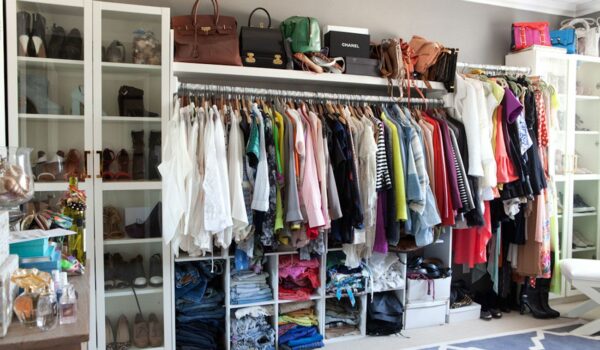


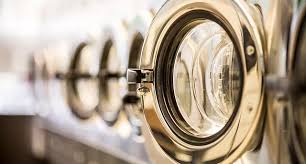

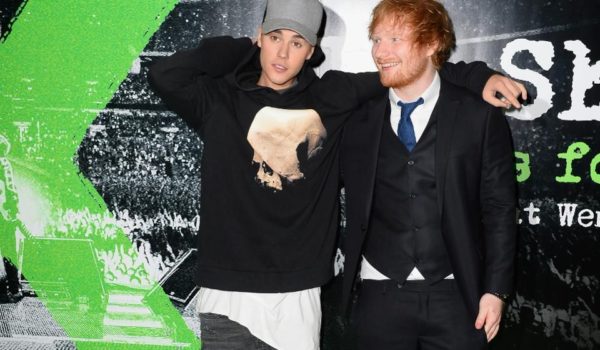
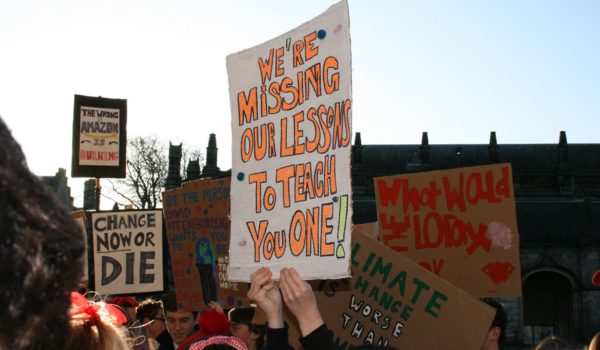

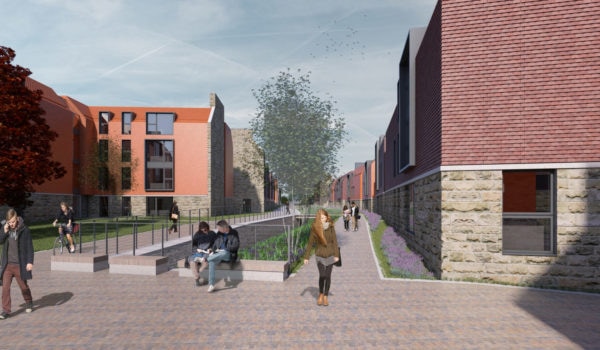
Comments